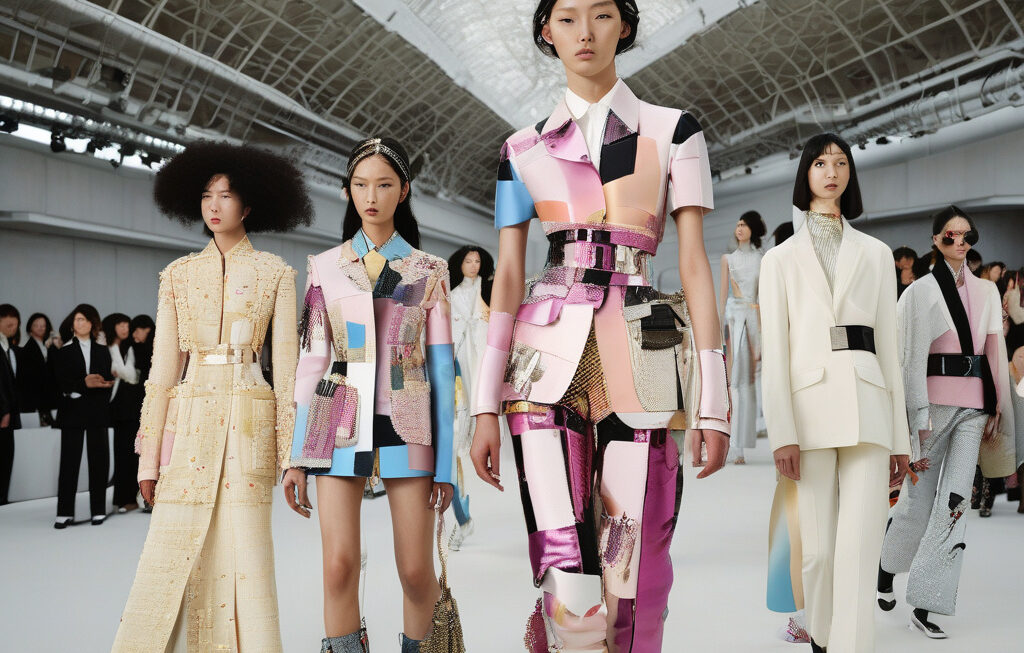Is Fashion Stuck in the Archives?
The recent Pitti Uomo event has sparked a debate within the fashion industry – is the sector stuck in the archives, constantly looking back for inspiration, or is it actually moving forward in a progressive way? According to reports from Angelo Flaccavento, there was a palpable sense of nostalgia at Pitti Uomo that seemed to straddle the line between looking backward and pushing boundaries forward.
In recent years, the fashion industry has seen a resurgence of vintage styles and a renewed interest in reviving trends from the past. This nostalgia-driven approach has been evident on the runways, with designers drawing inspiration from bygone eras and reinterpreting classic silhouettes for the modern consumer. From 90s streetwear to 70s boho chic, fashion has been mining the archives for ideas and reinventing them for contemporary tastes.
However, this retrospective trend has raised questions about the industry’s creativity and originality. Some critics argue that the constant recycling of old trends is a sign of stagnation, with designers playing it safe by relying on the familiar rather than taking risks and pushing boundaries. In a fast-paced world driven by innovation and change, is fashion’s obsession with the past holding it back from true progress?
On the other hand, proponents of the nostalgic trend argue that looking to the archives is not necessarily a negative thing. By revisiting the styles of the past, designers can pay homage to fashion history, celebrate heritage, and offer a sense of comfort and familiarity to consumers. In a time of uncertainty and rapid change, nostalgia can be a powerful tool for connecting with audiences on an emotional level and evoking a sense of nostalgia and sentimentality.
Moreover, the blending of past and present in fashion can lead to exciting new possibilities. By mixing vintage elements with contemporary design, designers can create unique and eclectic looks that resonate with today’s consumers. This fusion of old and new can result in fresh perspectives, unexpected combinations, and innovative creations that challenge conventional notions of style.
Ultimately, the debate over whether fashion is stuck in the archives or moving forward is a complex and multifaceted one. While the industry’s reliance on nostalgia may sometimes border on repetition and lack of originality, it also has the potential to inspire creativity, evoke emotion, and bridge the gap between the past and the future. Fashion is a cyclical and ever-evolving art form, constantly reinventing itself while drawing on the rich tapestry of its history.
As we navigate the ever-shifting landscape of the fashion industry, perhaps the key lies in striking a balance between honoring the past and embracing the future. By learning from history, staying open to new ideas, and daring to take risks, fashion can break free from the confines of the archives and carve out a path toward innovation and success.
In conclusion, the question of whether fashion is stuck in the archives is a nuanced one that defies simple answers. While the industry’s nostalgic tendencies may hint at a certain reluctance to let go of the past, they also offer opportunities for growth, reinvention, and creativity. By embracing the complexities of its history and looking toward the future with optimism and daring, fashion can transcend the confines of nostalgia and truly soar to new heights of sartorial excellence.
#FashionIndustry, #NostalgiaInFashion, #FashionHistory, #InnovationInDesign, #FashionForwardThinking












